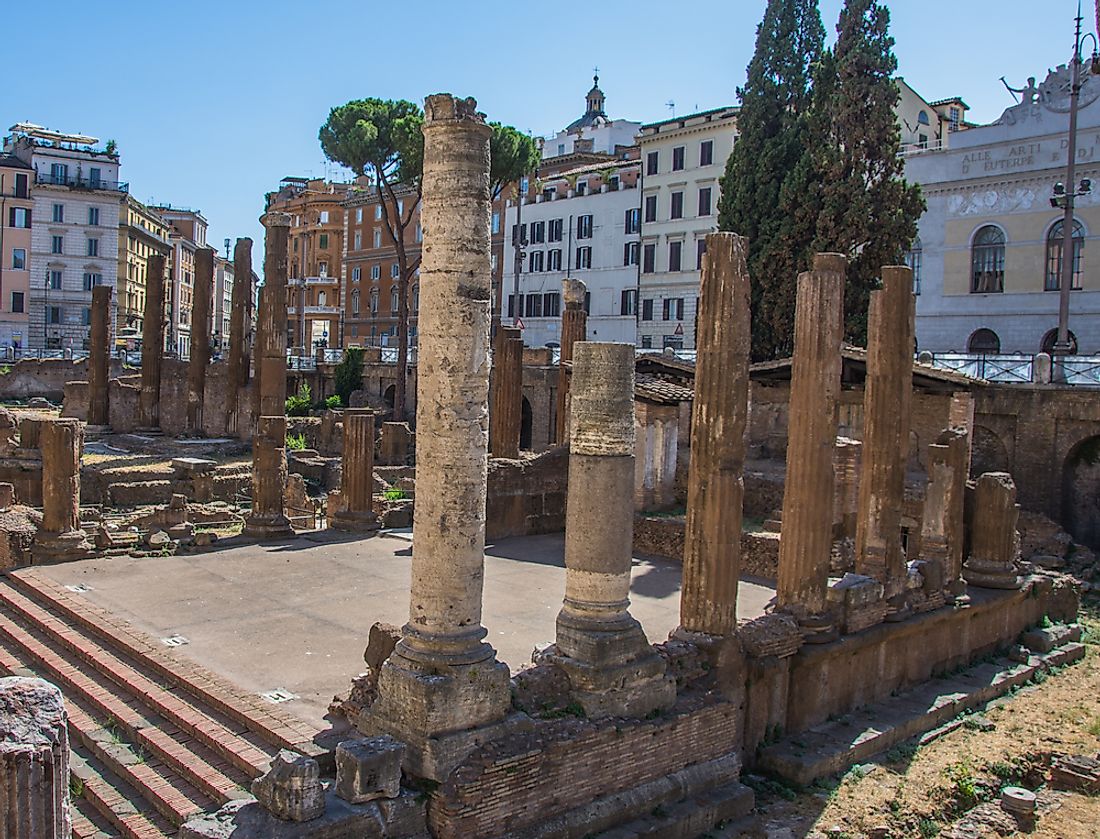The Assassination of Julius Caesar

Gaius Julius Caesar was a dictator of the Roman Republic who served in office between October 49 BCE to March 44 BCE. Julius Caesar, as he is popularly referred to, began his conquest of power as a Roman General before venturing into Roman politics. After assuming office, Caesar became popular among the Romans citizens in that he overshadowed the governing senate. The senators feared that Julius Caesar’s regime was turning into a tyranny and declared him a dictator perpetuo (dictator in perpetuity). The Roman senators led by Gaius Cassius Longinus, Marcus Junius Brutus, and Decimus Junius Brutus orchestrated an assassination plan, and on March 15, 44 BCE they led Caesar to the Theatre of Pompey where they stabbed him. The middle and lower class societies of Rome protested the murder of Caesar and initiated the Liberators' civil war that led to the Principate period of the Roman Empire.
Lead Up to the Assassination
In 48 BCE, Julius Caesar was allocated tribunician powers which allowed him to veto the Senate. Veto authority allowed Caesar to be sacrosanct. The Senate accused him of committing several violations including forcibly opening the treasury. He later incited the impeachment of two obstructive tribunes. By 47 BCE, the Senate had been so depleted that Caesar had to appoint new senators. He appointed his own partisans to minimize the risk of an appraising against him. He later passed a law that limits the terms of governors in office. In 46 BCE, he titled himself the “Prefect of the Morals” and the "Father of the Fatherland." Coins bore his face and statue praising his rule rose on every corner of the empire. He rewarded his supporters with Senate and court positions. On February 44 BCE, the senate appointed Caesar as dictator for life. Before his death, he was preparing to invade the Parthian Empire.
Death of Julius Caesar
On March 15, 44 BCE, the conspirators of his death staged a gladiatorial show at the Pompey's theatre. The senators invited Caesar to the game with the intention of killing him. They intercepted the Emperor and directed him to the east wing of the theater. The perpetrators crowded around the Emperor and made a glancing thrust at his neck. Caesar tried to fight back, but his attackers produced daggers and stabbing him as he lay defenseless. According to Roman historian Flavius Eutropius, Caesar was stabbed more than 23 times by the more than sixty perpetrators. His cause of death was stated as a fatal stab wound to the chest that punctured the aorta leading to a massive blood loss. His place of death is cited as base of the Curia on the east wing of the Theatre of Pompey at the Largo di Torre Argentina square.
Aftermath of the Assassination
Days after the assassination, the Senate worked out a compromise to which the assassins would walk away free, but those appointed by Caesar would remain in their respective offices. The Senate hoped to avoid cracks in the government, but to their disappointment, the death of Caesar led to the end of the Roman Republic. He was succeeded by his grandnephew Gaius Octavius who ruled as Gaius Julius Caesar Octavianus.







